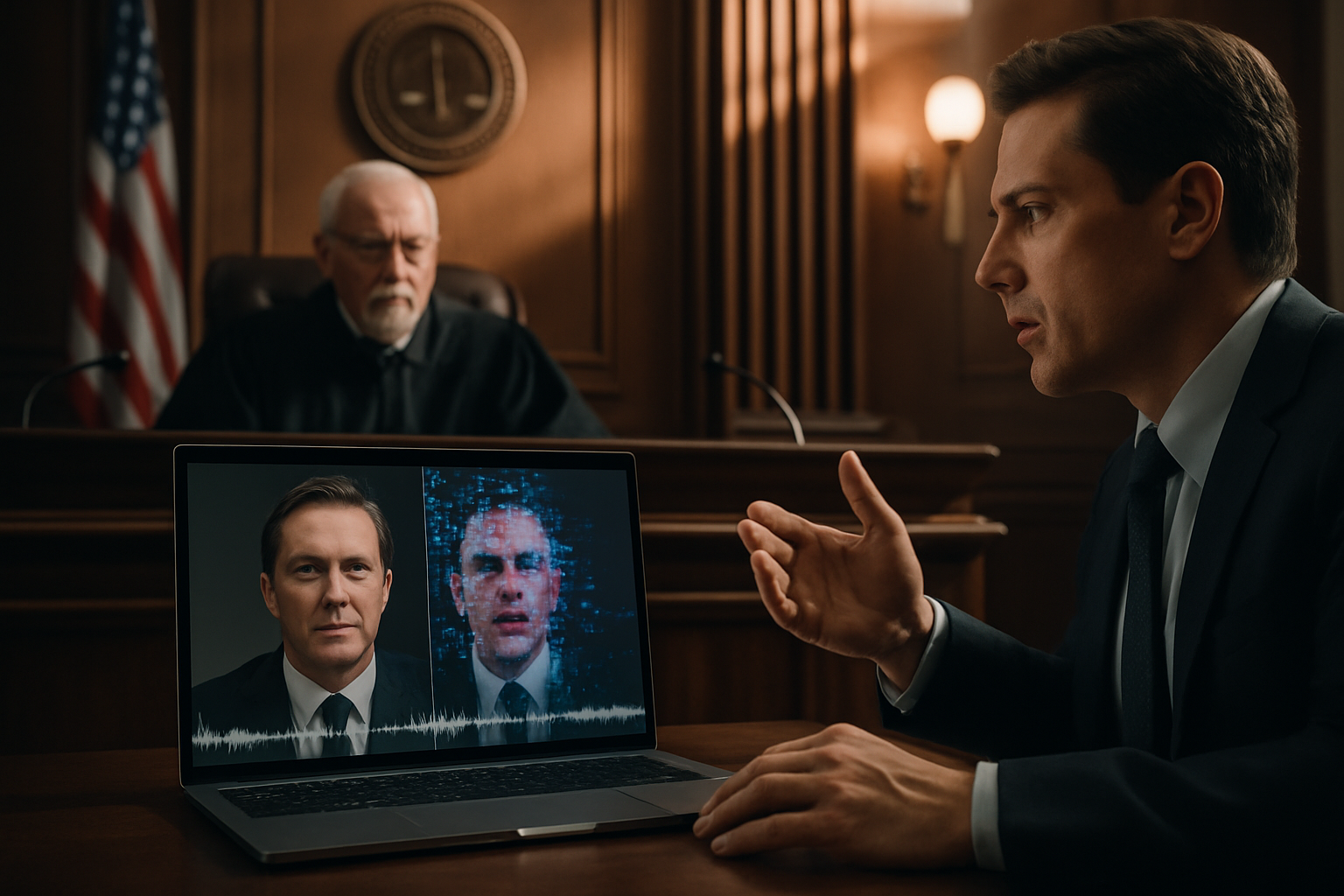The Legal Labyrinth of Deepfake Technology
Introduction: In an era of rapid technological advancement, deepfake technology emerges as a double-edged sword, challenging legal frameworks and raising profound questions about authenticity, privacy, and free speech. This article delves into the intricate legal landscape surrounding deepfakes, exploring the challenges they pose to existing laws and the innovative legal approaches being developed to address this digital phenomenon.

Historical Context and Legal Precedents
The legal challenges posed by deepfakes are not entirely without precedent. Throughout history, the law has had to adapt to new technologies that impact personal rights and societal norms. From the advent of photography in the 19th century to the rise of digital media in the late 20th century, legal systems have continuously evolved to address new forms of content creation and dissemination. However, deepfakes represent a unique challenge due to their potential for hyper-realistic deception and the speed at which they can be created and spread. This has led to a renewed examination of existing laws related to defamation, privacy, and intellectual property rights.
Current Legislative Efforts and Policy Discussions
Recognizing the potential threats posed by deepfakes, several jurisdictions have begun to craft specific legislation to address this technology. In the United States, states like California and Texas have passed laws criminalizing the use of deepfakes for malicious purposes, particularly in the context of elections and pornography. At the federal level, discussions are ongoing about potential nationwide regulations. The European Union, known for its proactive stance on digital rights, is considering incorporating deepfake regulations into its broader digital content policies. These legislative efforts aim to strike a balance between protecting individuals from harm and preserving freedom of expression and technological innovation.
Legal Challenges in Enforcement and Prosecution
While new laws are being developed, enforcing them presents significant challenges. The borderless nature of the internet makes it difficult to prosecute creators of malicious deepfakes, especially when they operate from jurisdictions with different legal standards. Moreover, the rapid improvement in deepfake technology makes detection increasingly difficult, complicating efforts to gather evidence for legal proceedings. Courts are also grappling with how to apply traditional legal concepts like intent and harm in the context of deepfakes, where the lines between parody, art, and malicious deception can be blurry.
Implications for Free Speech and Creative Expression
The legal response to deepfakes has significant implications for free speech and creative expression. Overly broad regulations could potentially stifle legitimate uses of AI-generated content in fields such as art, education, and entertainment. Legal experts are debating how to craft laws that target malicious uses of deepfakes without infringing on protected forms of speech. This debate touches on fundamental questions about the nature of truth and authenticity in the digital age, and how the law should evolve to protect these concepts while still allowing for technological innovation and creative freedom.
The Role of Technology Companies and Self-Regulation
As legislators work to develop comprehensive legal frameworks, technology companies are increasingly being called upon to play a role in combating the misuse of deepfakes. Some platforms have implemented policies to label or remove deepfake content, while others are investing in detection technologies. This self-regulation approach raises questions about the proper balance between government oversight and industry responsibility. Legal experts are exploring how to incorporate these private sector efforts into broader regulatory frameworks, potentially creating a hybrid model of governance for digital content.
International Cooperation and Global Standards
The global nature of the internet necessitates international cooperation in addressing the legal challenges posed by deepfakes. Efforts are underway to develop global standards and best practices for detecting and regulating deepfake content. Organizations like the United Nations and international legal bodies are discussing how to harmonize different national approaches to create a more cohesive global response. These efforts face significant hurdles, including varying cultural norms around free speech and privacy, but are seen as crucial for effective regulation in an interconnected digital world.





